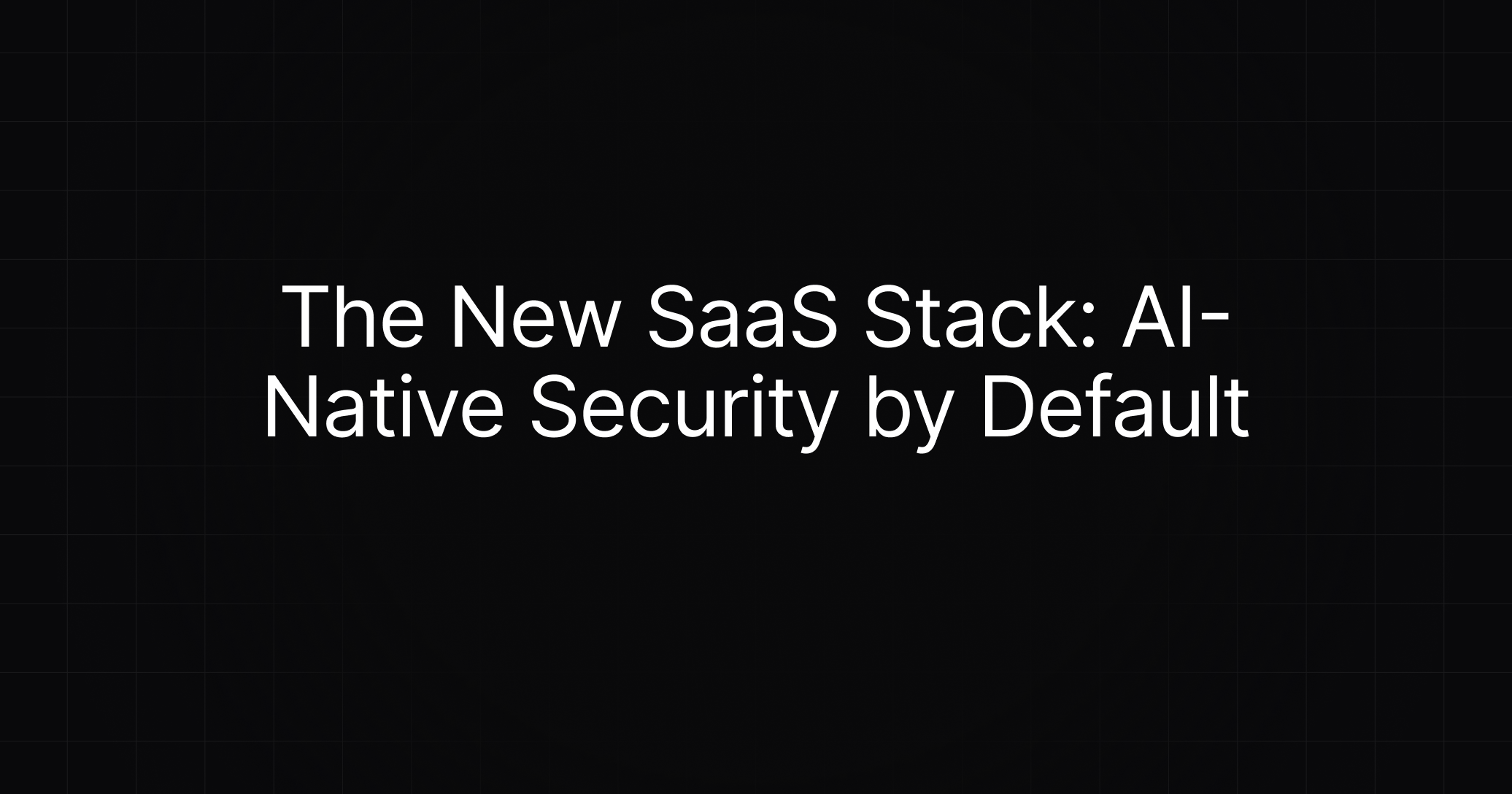The New SaaS Stack: AI-Native Security by Default
As SaaS matures, security is shifting from reactive defenses to proactive, AI-driven intelligence. In multi-tenant environments, this shift is especially critical: one provider’s safeguards protect hundreds or thousands of customers at once.
The Limits of Traditional Security
Conventional tools, firewalls, intrusion detection systems, static monitoring, fall short in multi-tenant architectures. Each tenant has unique usage patterns, making it difficult to separate normal variability from malicious activity. A rules-based approach simply cannot keep pace.
How AI Changes the Model
AI-native security systems learn tenant-specific baselines, automatically spotting anomalies in real time. For example, federated anomaly detection can train locally on tenant data while contributing insights to a global model. This preserves privacy while enabling shared defense. If one tenant faces a novel attack, the system can warn others without exposing raw data.
Identity as the New Perimeter
Identity management is a critical frontier. AI-enhanced RBAC can detect misuse or credential compromise faster than manual policies. In large SaaS environments, AI correlates signals across tenants, like impossible travel patterns or suspicious login timing, and blocks risky sessions before damage spreads.
Adapting to Serverless and Microservices
Modern SaaS increasingly relies on serverless functions and microservices, where workloads are fragmented across thousands of short-lived units. Static rules cannot keep up with this churn. AI thrives here, dynamically tuning rate limits, predicting noisy-neighbor risks, and adapting to shifting usage loads without manual intervention.
Security by Design, Not by Patchwork
The SaaS stack of the future won’t bolt on AI security later, it will embed intelligence into every layer: identity, network, data, and monitoring. Multi-tenancy isn’t just about efficient infrastructure; it enables collective defense, where the entire ecosystem grows more resilient with each signal.
SaaS providers that embrace AI-native security by default won’t just compete on features. They’ll compete on trust.


